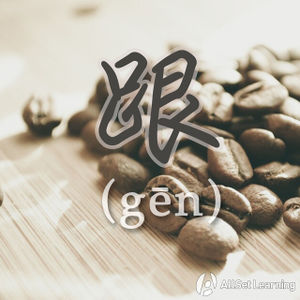Basic comparisons with "yiyang"
-
Level
-
Similar to
-
Used for
-
Keywords
As well as with 比 and 没有, there is a third way to make basic comparisons: with 一样 (yīyàng).
Rather than expressing that two things differ regarding a particular quality, 一样 is used to express that two things are the same in some way.
Contents
Basic Structure
The simple structure is used for stating that two things are equal:
Subject + 跟 / 和 / 像+ Noun + 一样
Examples
- 我 像 你 一样。I am like you.
- 啤酒 和 葡萄酒 一样 吗?Are beer and wine the same?
- 美国 跟 英国 不 太 一样。America and England are not too similar.
Structure with Adjective
To add an adjective into the mix, just place it after 一样:
Noun 1 + 跟 / 和 / 像 + Noun 2 + 一样 + Adjective
This describes Noun 1 as being as adjective as Noun 2.
Examples
- 你 跟 我 一样 高。You and me are the same height.
- 他们 和 我们 一样 酷。They and us are equally cool.
- 小狗 像 小猫 一样 可爱。Puppies and kittens are equally cute.
See also
Sources and further reading
Books
- Chinese: An Essential Grammar, Second Edition (pp. 55) →buy
- Integrated Chinese: Level 1, Part 1 (3rd ed) (pp. 244) →buy
Websites
- Yale Chinese Usage Dictionary: Usage of 跟 and 比



